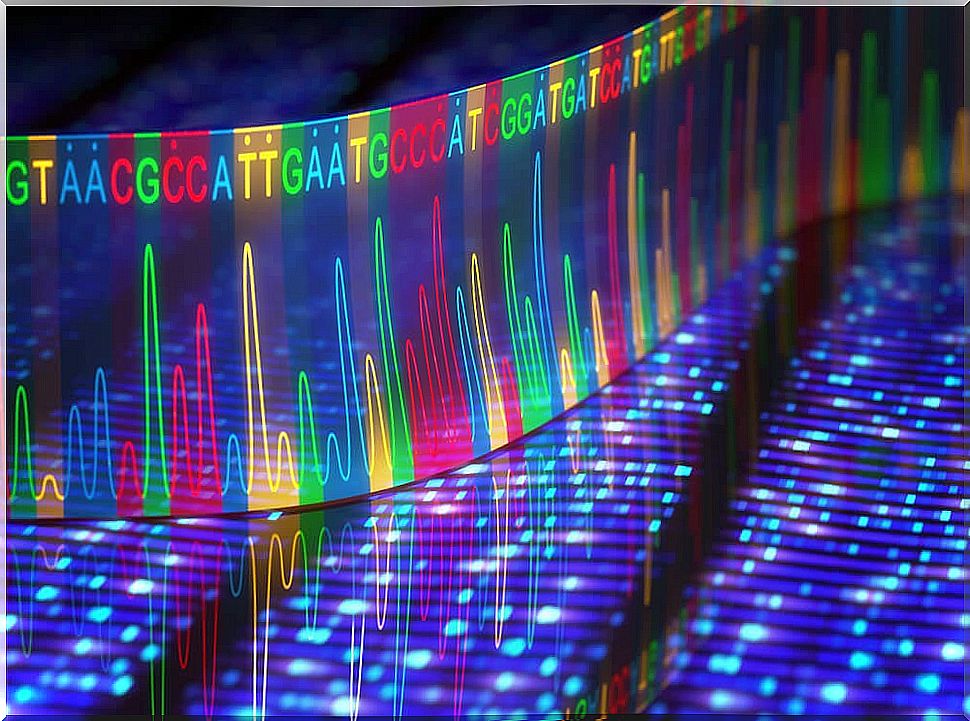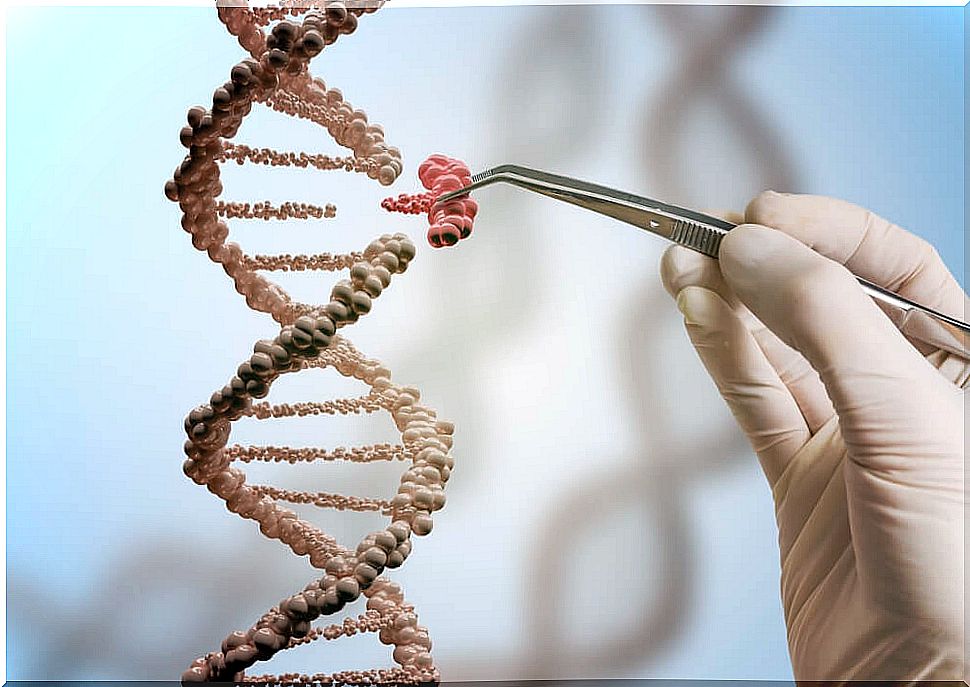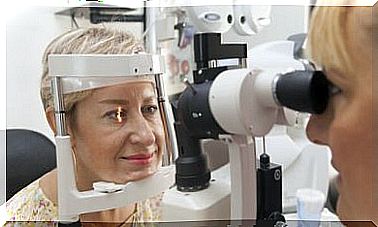Learning About Genetic Mutations
Genetic mutations are changes that occur in an individual’s genotype. We understand the genotype as the set of all the genetic information that we have, which is collected in the DNA -deoxyribonucleic acid- of each person. DNA contains the hereditary material of the individual.
When DNA mutates, different proteins are synthesized, and therefore the original phenotype changes. The phenotype is the set of visible characters of an individual as a result of the interaction between his genotype and the environment. In addition , this new phenotype is usually less favorable than the original, although this is not always the case.
We say that this is not always the case because, despite the fact that many diseases develop due to some genetic mutation, biological evolution has made its way thanks to genetic mutations. Mutations made living beings adapt to the environment, new species appear, and some do not become extinct.
There are also mutations that are neutral. The neutral genetic mutation occurs without providing the individual carrying it with any harm or benefit.
Throughout the article we will talk about the different types of genetic mutations and some diseases associated with them. Are you going to miss it?
Where can genetic mutations occur?
Mutations can occur at several levels:
- Genetic mutations : are the changes that occur at the molecular level, specifically in the DNA molecule. Therefore, they affect one or more nitrogenous bases, which are the units that make up DNA chains.
- Genomic, numerical or karyotypic mutations : they occur at the genomic level, that is, when there is an extra or less chromosome. Each individual has 46 pairs of chromosomes, and people who have a different number is because they carry such a mutation.
- Chromosomal or structural mutations : they are those that occur at the chromosome level.

Types of genetic mutations
As we have said, genetic mutations are those that affect the chemical composition of a gene, that is, an alteration occurs in the nucleotide sequence of the DNA that makes up that gene. In turn, these mutations can be of different types depending on the mechanism by which they are produced.
There are 4 types of genetic mutations, according to the alteration they produce in the base chain. The bases are the proteins that, like small bricks, make up the DNA of living beings. The functioning of the organism as a whole depends on its organization and position within DNA.
1. Substitution of bases
As its name implies, it is the exchange of one nitrogenous base for another. They occur during the duplication process, when mechanisms make a mistake and put the wrong base on the DNA strand.
Substitutions are usually not harmful, unless a nonsense codon is formed or an amino acid in the active center of the protein is affected. An example of a disease caused by this type of mutation is sickle cell anemia.
2. Adding bases
This type of genetic mutation refers to the fact that an extra nitrogen base is introduced during duplication. As a result, the individual can suffer from different diseases:
- Albinism: total reduction of the melanin pigment in the eyes, skin and hair.
- Alkaptonuria: dark color of the urine, pigmentation of the connective tissue and osteoarthritis.
- Phenylketonuria: inability to synthesize tyrosine from phenylalanine in the liver.
3. Loss of bases

Contrary to the previous one, in this type of mutation a base is lost. Addition and loss mutations are more serious than substitution mutations, since changing numerically changes the entire chain of amino acids. Consequently, the message that the DNA should convey is miscoded.
4. Base transposition or translocation
It refers to the change of place of a segment of DNA. That is, a fragment of the molecule breaks and joins later, but in another place. This sequence shift in the chain causes the appearance of new triplets of nitrogenous bases. This fact causes, as in the addition or elimination of bases, that the message to be encoded is modified.
Conclution
Genetic mutations are changes of different types that occur in DNA. As a result, the synthesized proteins may be different and diseases may occur. However, this is not always the case, since mutations have occurred throughout evolution that have allowed individuals to survive and adapt.
It is important to continue researching these mutations to try to develop new therapies that treat the diseases caused by them. In addition, with the genetic study we get to know ourselves better as a human species, understanding our functioning and our ability to adapt.









